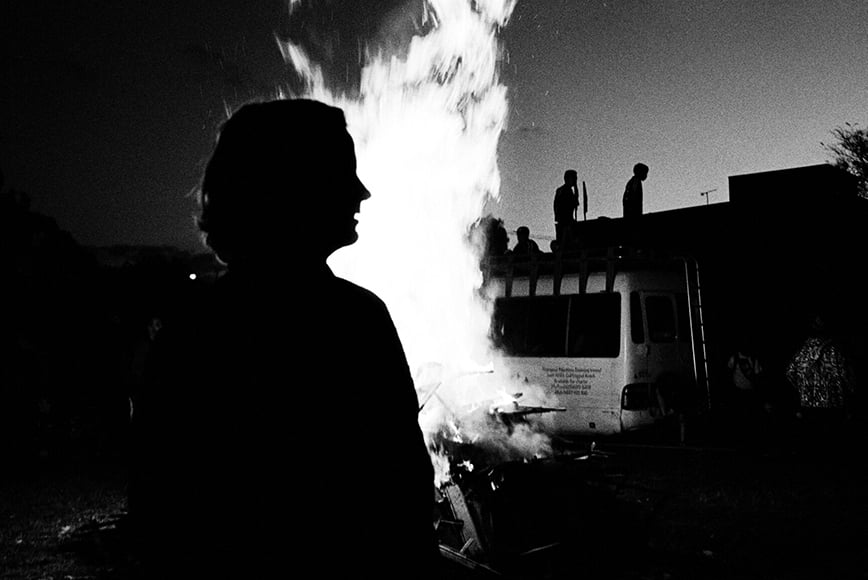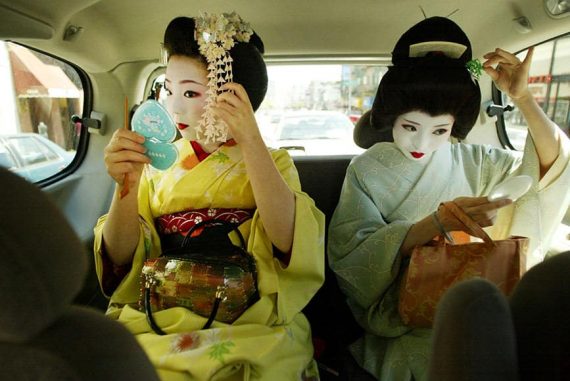Dillon Mak









My name is Dillon Mak and I’m an Australian street/documentary photographer and emerging cinematographer. I started shooting stills in 2013 and haven’t been able to stop since.
For photography I now exclusively use Leica cameras, I started with a Canon DSLR like a lot of people do when they’re first trying out photography.
Once I realised I enjoyed street photography the most I soon came across Leica’s and their rich history with street and documentary photography (guide).
I bought my first Leica camera in 2014, a Leica M6 TTL (Japanese edition) that was in mint condition with the original box and accessories. At first, I paired it with a Voigtlander Nokton 35mm f/1.4 MC but replaced it with a Leica 35mm f/2.0 Summicron-M the following year. I fell in love with the Leica M system because it’s so enjoyable to use for street photography.
I spent the next few years shooting almost exclusively film with my Leica M6 TTL, developing film myself. Then at the beginning of 2017, I got rid of my Canon gear and bought a Leica M (Typ 240) and a Kodak Pakon F-135 Plus scanner.
I shot a mix of the Leica M6 TTL and Leica M (Typ 240) sharing the same lens depending on the situation I needed a camera for. Then in 2018 I started going to the Australian government-funded film school to learn to become a cinematographer.
During this time, I knew I still saw the world through a 35mm focal length but I wanted some more practice using a longer lens so in early 2020 I eventually bought a 75mm lens, in this case a 7artisans 75mm f/1.25, a very cheap lens but it’s sharp enough for a focal length I don’t use too often.
Right as the COVID-19 pandemic was taking over the world I had made the decision to come back to film school in another year when things settle down, so knowing I’d be keeping myself occupied with photography until then I treated myself with a Leica M10.
During all this time I’ve held onto all my Leica’s and while I don’t shoot my Leica M6 TTL as often as I used to, I still keep it around for the occasional batch of film rolls and sentimental value.
I know the Leica M make little sense from a technical point of view, they have either no or very limited automatic features, their sensors aren’t as good as the equivalent ones from Canon, Nikon, Sony at the time of release and they cost a fortune but they are such a joy to use.
When it comes to photography I value the user experience over pure technical specs. I also don’t put analog cameras on a pedestal and shoot them any different to digital, I don’t ‘slow down’ with film, I just treat film rolls the same way I treat an SD card and shoot as many frames as needed to get the shot.
Cameras
Leica M6 TTL (Japanese edition) – I picked this back in 2014 because it was cheap (relative to brand new Leica M’s), had a built-in light meter, could use TTL flash and could still be operational if the electronics inside the camera died.
Leica M (Typ 240) – I eventually got some money together to get a digital Leica that offered me faster turnaround times for photos. It’s a gorgeous camera that has beautifully brassed as I’ve used it through the years and will continue to brass well into the future. But the photos aren’t really usable past ISO 1600.
Leica M10 – A digital Leica that has the beautiful sleekness of my Leica M6 TTL and a newer sensor that produces usable photos up to 12,500. This is basically the perfect digital Leica form factor.
Lenses
Leica 35mm f/2.0 Summicron-M – Gorgeous image rendering with just enough ‘character’ to not feel sterile with a fast-enough aperture for my use and has such an incredibly smooth focus ring.
7artisans 75mm f/1.25 – For the price, it’s a great lens for M mount and the focal length, has a nice metal build and aesthetically matches Leica lens barrel designs. But if I was using this focal length much more I’d probably upgrade to a Carl Zeiss or Leica version.
Bags/Straps
Billingham Hadley Small – Gorgeous bag that’s also very functional.
Peak Design Everyday Backpack 20L – Incredible industrial design and my go-to bag when I need to carry more gear than my Billingham can hold.
Hardware & Software
Lightroom Classic – I use this for cataloguing and editing my photos using custom presets I’ve made using photos of ColorChecker charts shot of various film emulsions and scanned with my Kodak scanner.
Capture One – I use this just for its film grain simulation, it has far more realistic film grain simulation than Lightroom does and I can modify the film grain appearance to match my actual film scans.
MacBook Pro Retina
Misc.
Sekonic L-478D light meter, Leica SF 20, rolls of Kodak Portra 400, Kodak TriX400, Kodak T-Max P3200 and extra batteries.
Be broke when you’re starting out photography! Counter-intuitive but it stops you from constantly buying new gear and instead get really really good with what you’ve got. When starting out spend more money on photobooks by the best photographers around the world instead. I recommend ‘Minutes to Midnight’ by Trent Parke.


Check out these 8 essential tools to help you succeed as a professional photographer.
Includes limited-time discounts.













